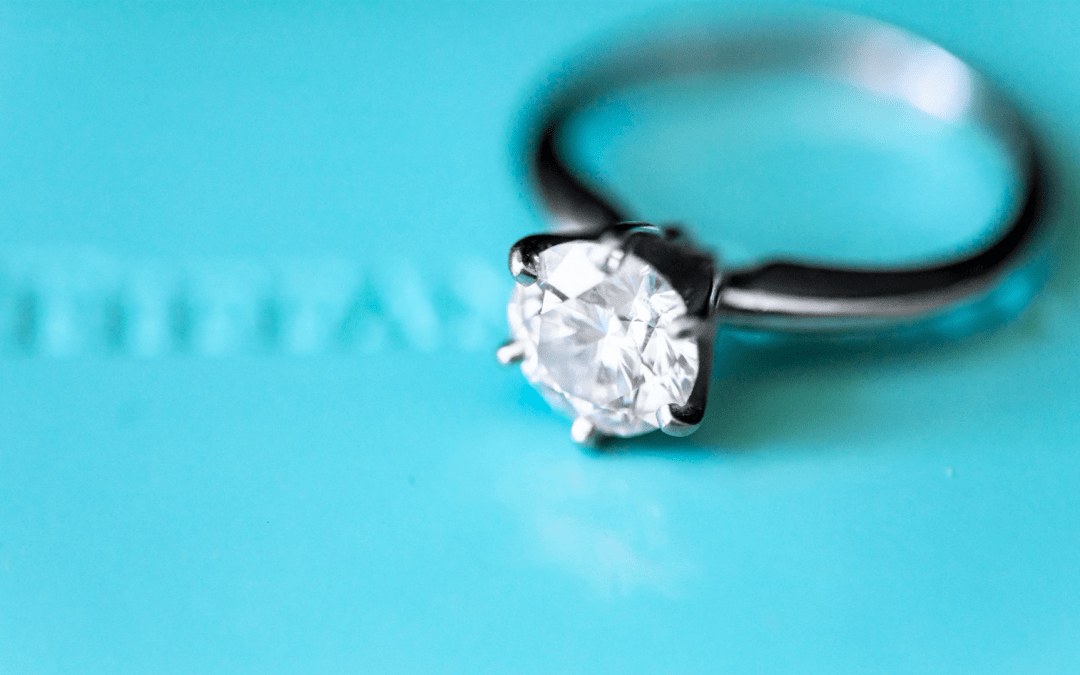Whether you can afford their jewels or not, you probably know the names of a few designer jewelry brands. Top brands evoke images of luxury diamonds the size of small boulders with price tags to match. Therefore, it may seem odd to encounter one of these brand names when buying an engagement ring at a store where you can also buy a 5-pound bag of frozen chicken nuggets.
This exact scenario led to an August 12, 2020 decision, in which the Second Circuit vacated a district court ruling for Tiffany & Co.1 Tiffany, an American fine jewelry producer, claimed that Costco Wholesale Corp., an American corporation with a chain of warehouse stores, was liable for trademark infringement and counterfeiting.2 These claims stemmed from Costco’s usage of the word “Tiffany” on point-of-sale signs for diamond engagement rings.3
The diamond debacle started in 2012, when Tiffany contacted Costco to inform it that the point-of-sale signs placed beside Costco’s allegedly unbranded engagement rings constituted infringement and counterfeiting.4 Costco allegedly removed the word “Tiffany” from all its jewelry point-of-sale signs within a week of this contact.5 Approximately two months after the removal, Tiffany filed a complaint against Costco for “trademark infringement, dilution, counterfeiting, unfair competition, false and deceptive business practices, and false advertising in violation of the Lanham Act and New York law.”6 The district court granted summary judgment in favor of Tiffany, finding that Costco’s use of the mark constituted trademark infringement and counterfeiting and awarded Tiffany damages totaling $19.35 million.7 Costco appealed the decision, arguing that the district court inappropriately granted summary judgment.8
To prevail on a claim for trademark infringement under the Lanham Act, the plaintiff must show “(1) it has a valid mark that is entitled to protection” and that (2) the defendant’s “actions are likely to cause confusion with [that] mark.”9 However, the defendant can present a fair use defense under the Lanham Act, which allows certain usage of a registered mark, such as when it is “used fairly and in good faith only to describe the goods or services.”10 In response to Tiffany’s claims, Costco argued that the word “Tiffany” on its signs was unlikely to be confused with Tiffany’s registered mark as it was using the term in a “widely recognized sense to refer to a particular style of pronged diamond setting not exclusive to rings affiliated with Tiffany.”11 Costco also argued that, even if there was confusion, its use of the word constituted descriptive fair use.12 On appeal, Costco sought to rebut Tiffany’s expert survey regarding actual customer confusion by providing an expert report of its own criticizing the survey’s methodology and results.13 However, the Second Circuit concluded any flaws in Tiffany’s expert report affected only the weight given to the report rather than the admissibility and found Tiffany’s expert testimony failed to resolve any dispute as to customer confusion.14 As a result, the Court held that a question of material fact remained as to actual confusion of Costco’s use of “Tiffany” on signage for diamond engagement rings and thus Costco’s liability for trademark infringement.15
Once the Second Circuit determined that the district court inappropriately held Costco liable for trademark infringement on summary judgment, it reviewed Tiffany’s counterfeiting claim.16 Since counterfeiting is a type of infringement, the court found that the district court also inappropriately held Costco liable for this claim on summary judgment without fully resolving the primary infringement dispute.[17. Id.] Thus, the Second Circuit vacated the district court’s judgment and remanded the case for trial, without addressing whether punitive damages would be available to Tiffany if a jury were to find in its favor on remand.17
The Second Circuit’s decision may prove helpful in ascertaining how evidence should be treated at the summary judgment stage.18 The decision also propelled this seven-year legal saga into 2021. While the decision may be a win for Costco, experts suggest that the corporation now has an uphill battle due to its prior failure to produce its own survey regarding customer confusion.19 With both Tiffany and Costco claiming they will be ready for their next face-off by this summer, the next battle in this near decade-long legal war will be one to look out for.20
- See Tiffany & Co. v. Costco Wholesale Corp., 971 F.3d 74, 80–81 (2d Cir. 2020). ↩
- Id. at 80. ↩
- Id. ↩
- Id. at 82. ↩
- Id. ↩
- Id. ↩
- Id. at 82-83. ↩
- Id. at 83. ↩
- Id. at 84 (citing Sports Auth., Inc. v. Prime Hosp. Corp., 89 F.3d 955, 960 (2d Cir. 1996)). ↩
- 15 U.S.C. § 1115(b)(4) (2018). ↩
- Tiffany, 971 F.3d at 80. ↩
- See id. at 82. ↩
- See id. at 87. ↩
- Id. ↩
- Id. ↩
- See id. at 94-95. ↩
- Id. at 95-96. ↩
- Second Circuit Vacates Tiffany’s $21 Million Win over Costco, Jones Day (Aug. 2020), https://www.jonesday.com/en/insights/2020/08/second-circuit-vacates-tiffanys-21-million-win-over-costco. ↩
- See Bill Donahue, Trademark Cases to Watch in 2021, Law360 (Jan. 3, 2021, 12:02 PM), https://www.law360.com/articles/1338416/trademark-cases-to-watch-in-2021. ↩
- Id. ↩

